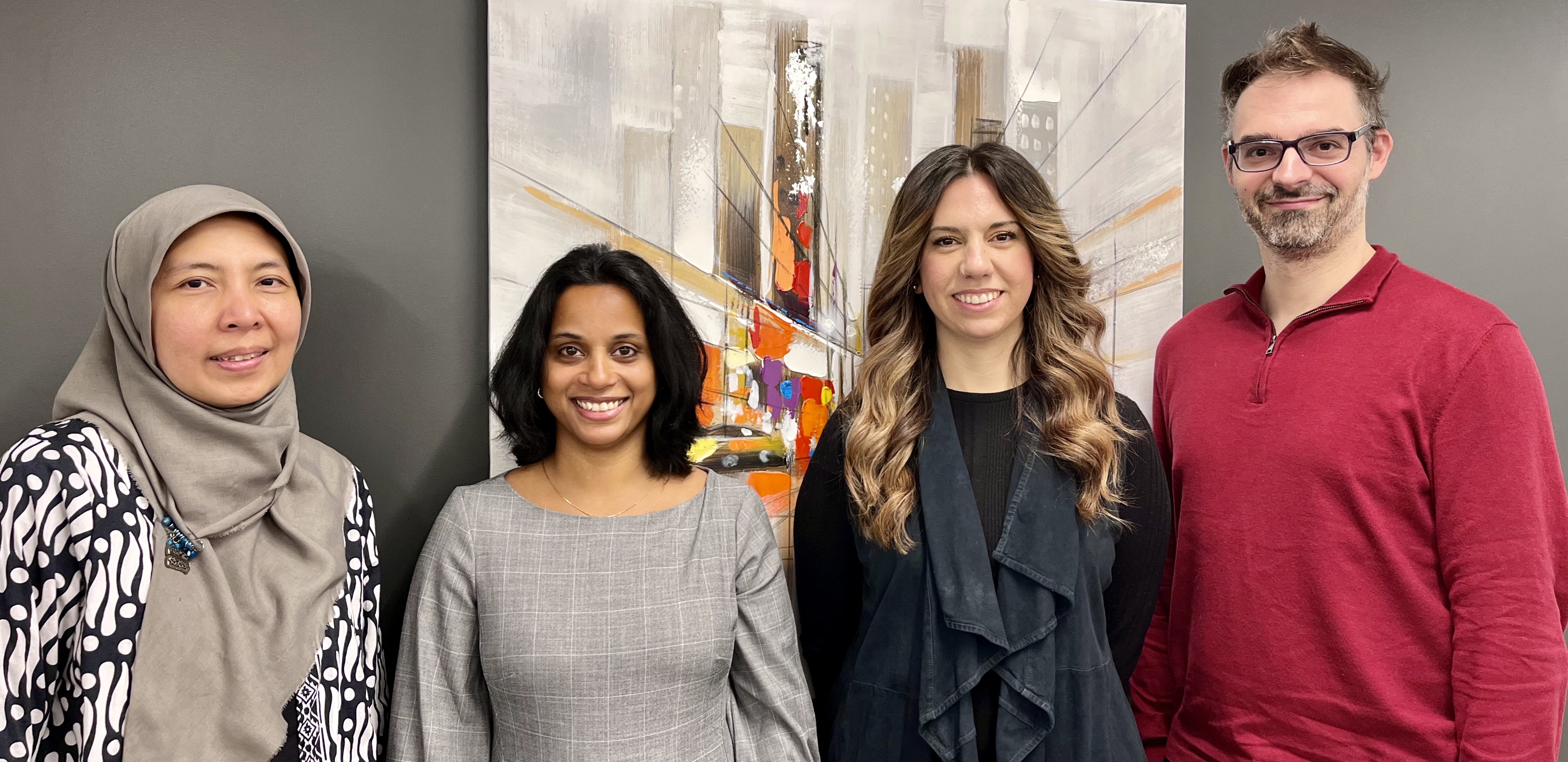Bridging the gap: The TAU translates evidence into practice for better patient outcomes
Have you heard about the MUHC Health Technology Assessment Unit? Abbreviated as TAU, this group of researchers and medical professionals provides decision-makers with sound evidence that helps the MUHC make informed decisions on behalf of patients—for instance, deciding which new health practices to adopt, or how to allocate resources. When evaluating a given health intervention, the TAU considers all sides of the equation: evidence from published studies; the perspective of patients and their families; the input of physicians and medical personnel; and finally, other variables such as cost, feasibility, and ethical considerations.
The work of the TAU is unique because it ensures that health resources are used effectively. They are a group within the Directorate of Quality, Evaluation, Performance and Ethics, and they evaluate everything from medications to medical devices, diagnostic tests to hospital policies.
TAU’s latest report focuses on the feasibility of establishing a capacity command centre at the MUHC, which is an exciting prospect. Hospitals across North America have started implementing capacity command centres (CCCs) to manage patient flow and bed capacity. In fact, CCCs are considered an excellent strategy and have long been used in the airline industry as well as the military. The MUHC team, led by Dr. Marc Beique, will be piloting a Command Centre Dashboard to deliver actionable information to the right person at the right time. The pilot aims to shorten wait times and hospital stays, among other goals.

Another dossier that the TAU has been working on has determined the importance of having a Goals of Care conversation between physicians and patients with advanced conditions. Valerie Thomas-Leitao, a planning, programming, and research officer with the TAU, worked extensively with patients and caregivers to empower patients to explore treatment options:
“Patients with advanced conditions often don’t have an understanding of the aggressive or invasive treatments that could await, but a Goals of Care conversation clears the air,” explains Valerie. “It’s an opportunity for patients to express their preferences and priorities for their life, which in turn helps the care team propose the suitable course of action.”
Dr. Nisha Almeida, manager of the TAU, explains further: “Palliative care, for example, is often confused with end-of-life care, but it is care that can be given at any stage of illness to improve the patient’s quality of life. For patients with advanced conditions, an earlier integration of palliative care can be the difference between spending more time at home with grandkids versus undergoing treatments that turn out to be more invasive than expected.”
Studies have shown that earlier integration of palliative care can spare patients from treatments that ultimately prove to be non-beneficial or misaligned with the patient’s values. By conducting extensive research and speaking with all players involved, including patients, the TAU offers fresh solutions to even the most sensitive of problems.
“It’s very rewarding to be able to see the direct impact that small or big changes can have on patient care,” shares Dr. Eva Suarthana, an adjunct professor in Obstetrics and Gynecology and TAU’s planning, programming, and research officer. “It’s crucial for all of us to be aware of the importance of collecting and evaluating practice data from our own hospital in order to advocate for patients and their quality of care.”
For more information on the TAU, visit muhc.ca/tau

